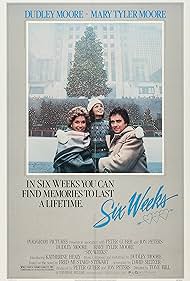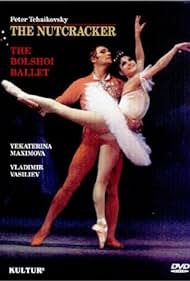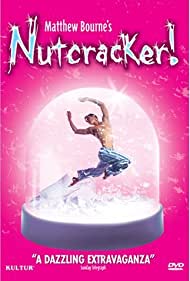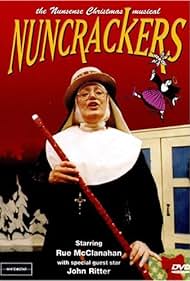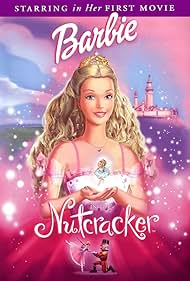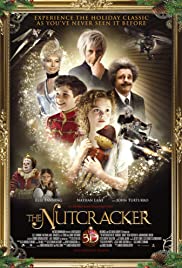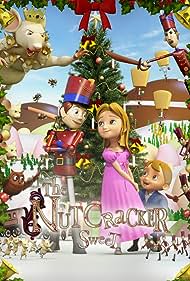The Nutcracker Soundtrack (1985)

Buy on Amazon Play and download Soundtracks
The Nutcracker
Synopsis
Although the set design and most of the costumes are remarkably like the later Royal Ballet Peter Wright productions, (2001 and 2009) many tiny details are different. While the production design is quite elaborate, much of the action is staged in a simpler manner than in Wright's later versions; for instance, the grandfather in the wheelchair has even less to do than in the later version, the angel that appears to Clara is on the staircase instead of next to the Christmas tree, and no St. Nicholas appears at the Christmas Party to distribute candies. Wright himself has stated that of all his "Nutcracker" productions, this one is the closest to the original.The story is the same as in the standard version of the ballet, with nothing really added to it, except that, as in many Russian versions and the Baryshnikov one, Clara and the Nutcracker Prince (Hans-Peter) are played by adults, not children. Clara's costume once she sneaks downstairs after the Christmas party is completely different from the one worn by the later Claras - she does not seem to be wearing a nightgown, but a full-fledged dress.In Act II, Clara and Hans-Peter (Drosselmeyer's nephew, who was formerly the Nutcracker) do not take part in the dances at the Sugar Plum Fairy's kingdom, as they do in the later Royal Ballet versions.The ending is almost completely different from the later Royal Ballet versions. Although we see Drosselmeyer and Hans-Peter reunited in the workshop (indicating that the fantasy events were real), there is no indication that Clara and Hans-Peter meet up again in the real world, or that they will be reunited as a couple, as in the later Peter Wright Royal Ballet versions.Drosselmeyer is noticeably grimmer in this production than in the later Royal Ballet versions. He never once smiles, and never seems to be really enjoying himself.
Download and play the Soundtrack list
| Play | Title | Artist |
|---|---|---|
|
The Nutcracker
|
||
|
Tchaikovsky: The Nutcracker, Op. 71: Miniature Overture
|
Pyotr Ilyich Tchaikovsky:
Artist
|
|

